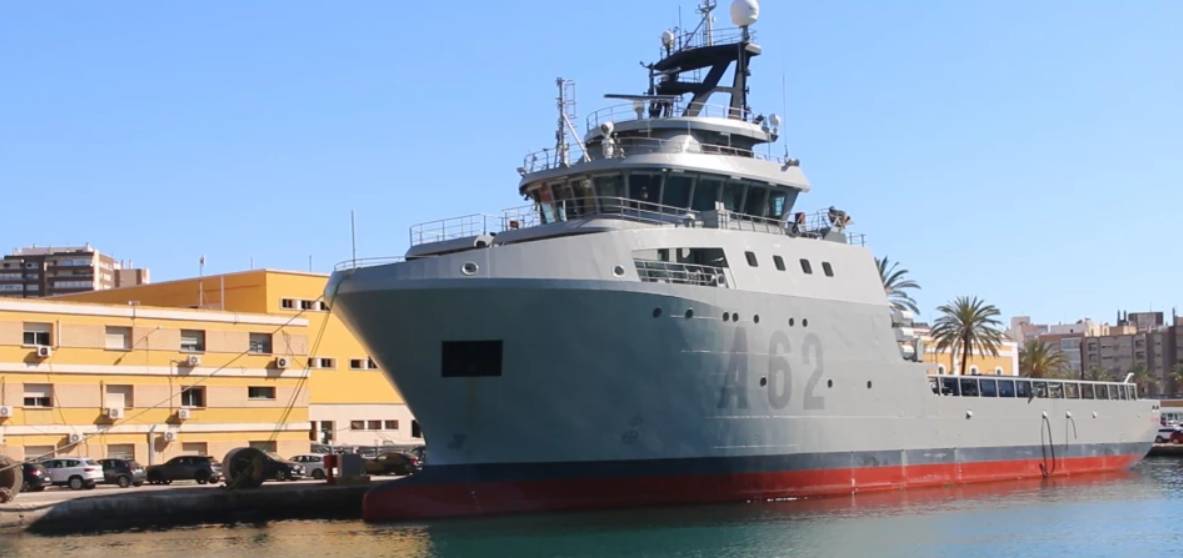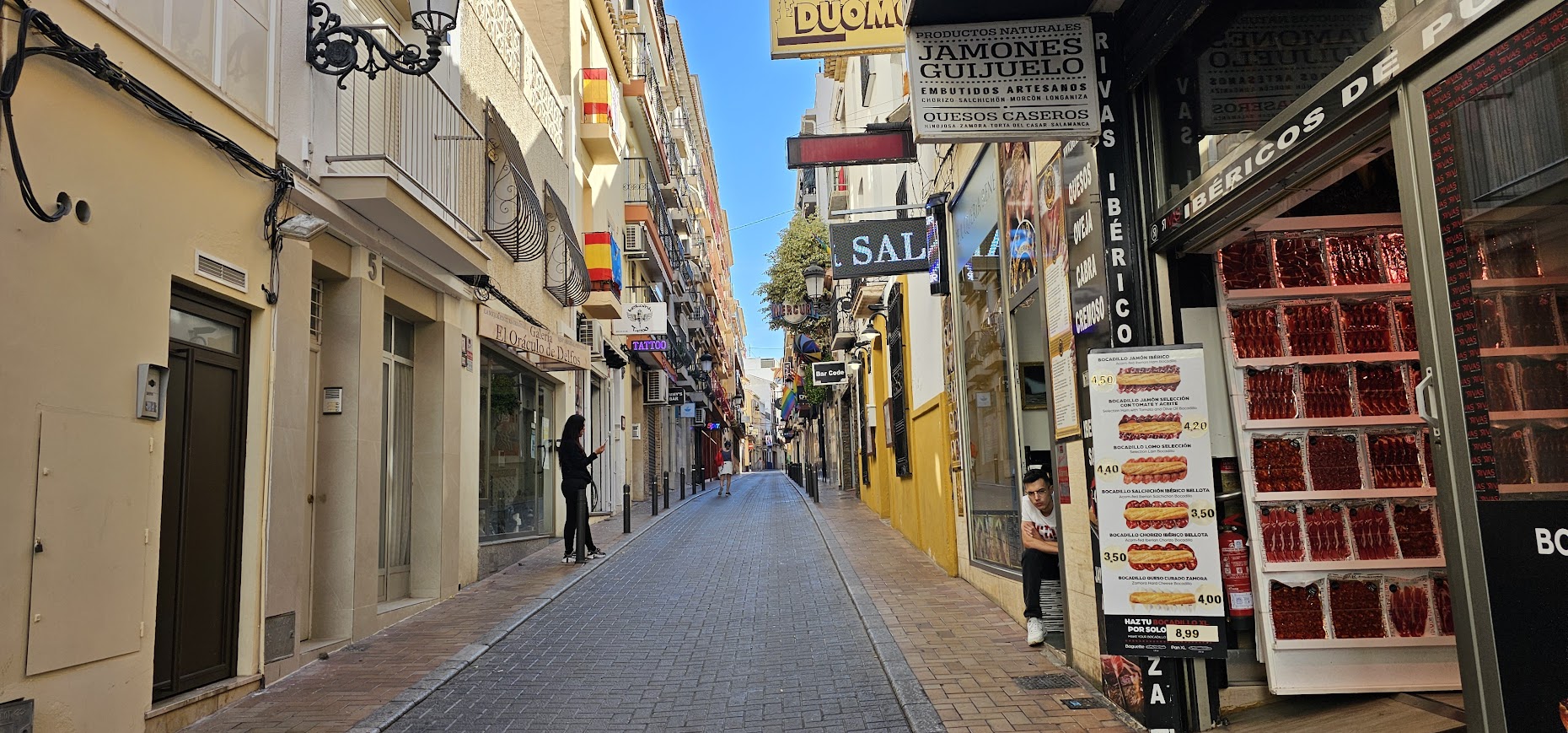The initial mission of the new A62 support vessel “Cartagena” has already been scheduled for June, during which it will participate in military exercises that will be conducted south of the Canary Islands. This Thursday, the Navy unveiled a new unit that is situated at the Cartagena Arsenal and has the distinctive capacity to adjust to a variety of situations, as explained by its inaugural commander, Lieutenant Commander Carlos Cerdido Aramburu.
Following the Carnota, this is the second multipurpose vessel of this class to be integrated into the Navy. It will replace other vessels that have been in service for over 40 years, including the Las Palmas, the first Spanish vessel to partake in scientific missions in Antarctica. For the past decade, it has been incapable of fulfilling this function, and it has been relegated to the status of a support vessel for towing or training in the vicinity.
A replacement that is now guaranteed, according to the lieutenant commander. “The support vessels we previously had were deep-sea tugs that had been converted, and their capabilities were more restricted.” This substitutes the BIO ‘Las Palmas,’ which was modified to offer assistance during Antarctic expeditions. He also noted that the ‘Cartagena’ could offer assistance during Antarctic missions due to its ice-bound status.

The ship’s crane has a pulling capacity of up to 70 tonnes, which enables it to tow any Navy vessel, including the ‘Juan Carlos I,’ which is presently the largest. This is one of its most notable features.
Additionally, it features a novel tool for the Navy: the Dynamic Positioning System, which enables the ship to maintain its position within a metre of error without the need to anchor. Additionally, it is powered entirely by electricity. This is particularly advantageous in scenarios that involve the provision of fuel, water, or sustenance, as well as the clearance of mines and the assistance of divers.
Diverse objectives
The vessel, which was constructed in Turkey in 2015 at the request of a Norwegian civilian shipowner, is capable of conducting maritime surveillance missions, providing assistance to other units in the training of torpedo collection, towing, mine and demining, and diver support. Additionally, it can function as a command ship during international minesweeper deployments. The vessel is manned by a crew of 37 service members.
The First Commander confirmed that “this is not the first case,” despite the fact that the Navy does not frequently acquire and convert civilian ships. For instance, the ‘Tarifa’ and the ‘Alborán’ are responsible for fisheries inspection surveillance in Cartagena. Additionally, the ‘Isabel’ and the ‘Camino Español’ are used to support the Army.
This new unit was incorporated into the Cartagena Maritime Action Force Unit Command on January 30th and arrived at the Cartagena Arsenal on February 5th.








No Comment! Be the first one.